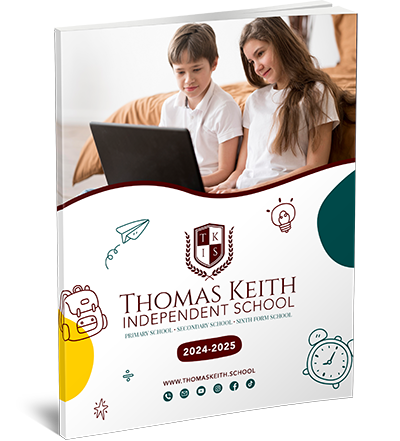KS2 Vocabulary
KS2 Vocabulary
Key Stage 2 (KS2) vocabulary forms the foundation for students’ language development, helping them express ideas clearly and effectively. This stage, covering students aged 7 to 11, builds on earlier language skills while preparing learners for the complexities of Key Stage 3. Strong vocabulary enables better comprehension across subjects and supports confidence in communication.
Importance of KS2 Vocabulary
Vocabulary at KS2 is essential for several reasons:
- Improved Reading Comprehension: A wide vocabulary helps students understand texts, including fiction, non-fiction, and subject-specific materials.
- Enhanced Writing Skills: A diverse word bank enables students to write creatively, accurately, and expressively.
- Stronger Communication: Vocabulary empowers students to articulate thoughts clearly in discussions and presentations.
- Cross-Subject Understanding: Many subjects, including science and history, require students to understand and use specific terminology.
![]()
Key Components of KS2 Vocabulary
- Tiered Vocabulary:
- Tier 1: Everyday words (e.g., book, table).
- Tier 2: High-frequency, academic words used across subjects (e.g., explain, describe).
- Tier 3: Subject-specific terms (e.g., photosynthesis, parliament).
- Reading for Vocabulary Growth:
Exposure to a variety of books helps students encounter new words. Guided reading sessions and independent reading encourage the exploration of unfamiliar terms. - Active Word Learning:
- Contextual Learning: Encouraging students to guess meanings based on context.
- Word Games: Activities such as crosswords or synonyms/antonyms exercises make learning interactive.
- Root Words and Etymology:
Understanding root words and prefixes (e.g., ‘auto-’ in ‘automatic’) allows students to decipher unfamiliar words independently.
Teaching Strategies for KS2 Vocabulary
- Word Walls: Displaying commonly used words and their synonyms in classrooms.
- Sentence Building: Encouraging students to use new words in sentences to solidify understanding.
- Regular Assessments: Spelling tests and vocabulary quizzes to reinforce learning.
- Integration Across Subjects: Using vocabulary lists relevant to science, geography, or other areas ensures consistent exposure.
Example: Thomas Keith Online Independent School
Thomas Keith Online Independent School offers a comprehensive KS2 curriculum, integrating vocabulary-building exercises into daily lessons. Through interactive activities and access to a digital library, students expand their word knowledge effectively. Additionally, tailored support ensures learners develop vocabulary suited to their abilities, preparing them for success in later stages.
![]()
FAQs
- What is KS2 vocabulary?
KS2 vocabulary includes words children learn between ages 7 and 11, helping them express themselves across subjects. - How can students improve their KS2 vocabulary?
Reading widely, practising word games, and learning roots and prefixes can help students build their vocabulary. - Why is vocabulary important for KS2 students?
Vocabulary aids reading comprehension, writing skills, and communication, all of which are vital for academic success.
Conclusion
KS2 vocabulary development is a critical part of primary education. With the right strategies, students can grow their word bank, improving their academic and personal communication skills. Schools like Thomas Keith Online Independent School ensure students achieve these goals through structured and engaging learning methods.




